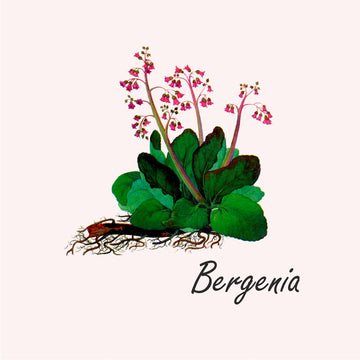What Are Tannins?
Tannins are a class of astringent compounds found in tea, wine and fruit. They are part of a larger family of compounds called “polyphenols”. These compounds bind to proteins, as well as other organic compounds like amino acids and alkaloids. Because tannins bind to organic compounds, they create a dry or puckering feeling in the mouth. If you are drinking a wine or a tea that is high in tannins, you will notice right away that your mouth tends to dry out a bit and begins to pucker. When it comes to tea, this sensation is called “astringency” and it is actually something many tea drinkers look for. If you hear a tea or a wine be described as “dry” that usually means that it is high in tannins, which create a dry mouthfeel.
In addition to being found in edible plants like tea leaves and fruit, tannins are also found in inedible plants like tree bark. Plants produce these tannins as a defense mechanism against pests and they can also contribute color to the plants. Many well-known herbs and spices can be sources of tannins such as cloves, tarragon, cumin, thyme, vanilla and cinnamon. You can detect the presence of tannins in tisanes and herbs by the taste. If the taste is bitter or astringent, tannins are likely the culprit.
Why are Tannins Healthy?
Although further studies are needed, early research suggests that tannins can have antioxidant benefits. This means they are able to neutralize free radicals and prevent damage to your cells.
EGCG is the more well known tannins and early test tube data shows that it has the potential to fight against inflammation. It has also been shown to protect against cellular damage and chronic illnesses. This is one of the most common polyphenols in green tea, and could be the reason for many of the health benefits associated with green tea.
Where are they Found?
The richest sources of tannins are in everyday dietary sources like tea, coffee, wine and chocolate. These tannin-rich foods are celebrated for their bitter or astringent flavors. In addition to being found in the plant Camelia sinensis, tannins can also be found in herbal teas as well.
The amount of tannins in teas and wine can vary. Black teas have the highest concentration of tannins, while green teas have the lowest. Oolong teas fall somewhere in the middle and the amount of tannins in various herbal teas or tisanes can vary.
Are there downsides to tannins?
Tannins are thought to bind with iron and make it difficult for the body to absorb. This is why it is not recommended that you drink tannin rich beverages like tea directly with a meal. Instead, you should drink your tea 30 minutes before or after your meal to not upset your iron absorption.
A good way to deal with this is to mix in some vitamin C with your meal. Vitamin C can actually increase your absorption of iron and cancel out some of the negative effects of tannins. Try adding a small squirt of lemon juice into your tea, you might even prefer the taste!

